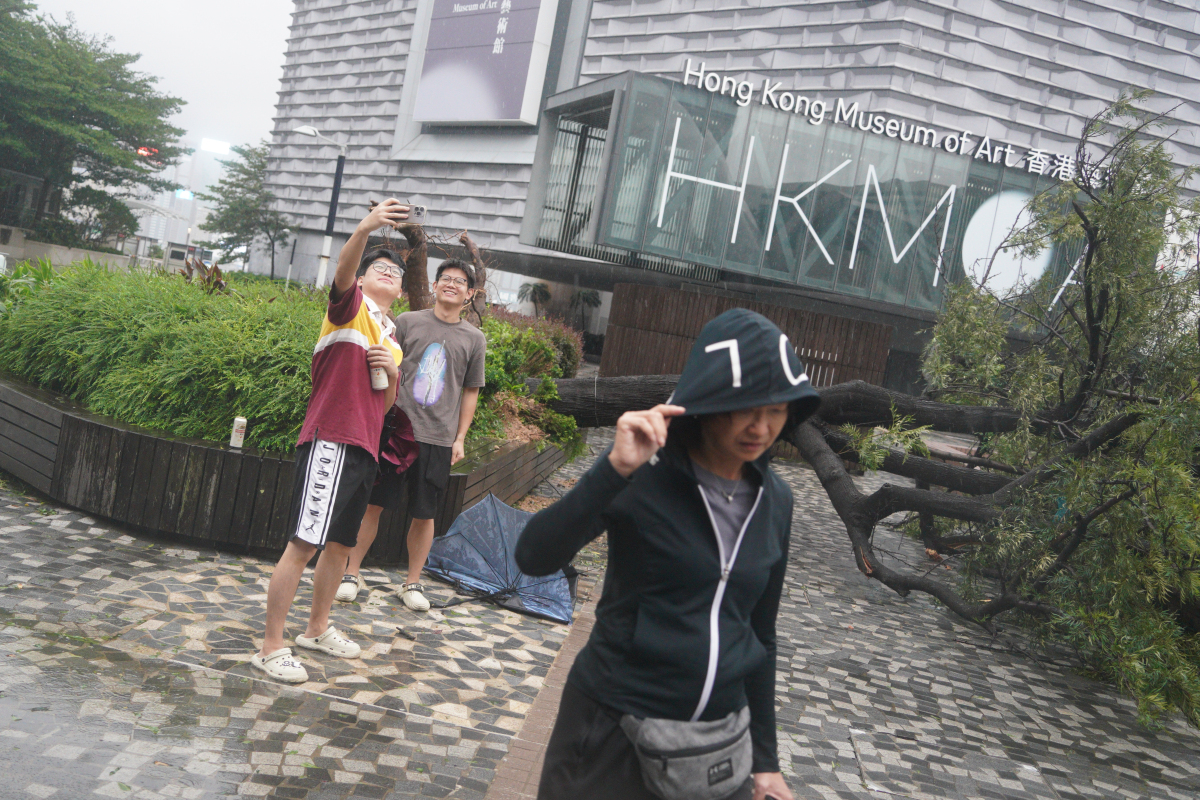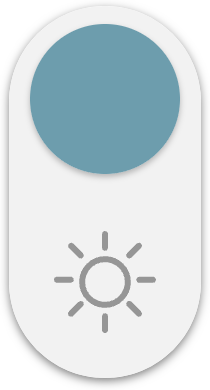
The Hong Kong Observatory has issued 12 tropical cyclone warning signals this year, breaking the record for the highest number of warnings in a year since 1946. A spokesperson for the Hong Kong Meteorological Society, Leung Wing-mo, stated today (Oct. 12) during a radio program that, due to climate change, the scientific consensus suggests that the proportion of strong typhoons will increase in the future, with longer durations of strong winds and more rainfall, leading to greater destructive power from future warnings.
Leung emphasized that the number of warning signals is not necessarily an indicator of danger; this year's tropical cyclone warnings primarily consisted of the standby signal No. 1, with only a few posing a threat, and no fatalities during typhoon periods. He noted that there are about 30 tropical cyclones on average annually in the Western Pacific and South China Sea, and while the number of typhoons may decrease in the future, the proportion of strong typhoons is expected to rise. Additionally, storm surges caused by typhoons are becoming more pronounced, which will inevitably worsen flooding conditions.
During the impact of Super Typhoon Ragasa, some coastal restaurants were damaged by surging waves. Leung pointed out that simply using tape cannot withstand the impact of waves, and he recommended that seaside restaurants install wooden barriers. He also urged the government to construct breakwaters to address the potential threats posed by typhoons to Hong Kong.
Related News:
Typhoon Nakri to bring violent winds, rain to Japan's Izu Islands




















Comment